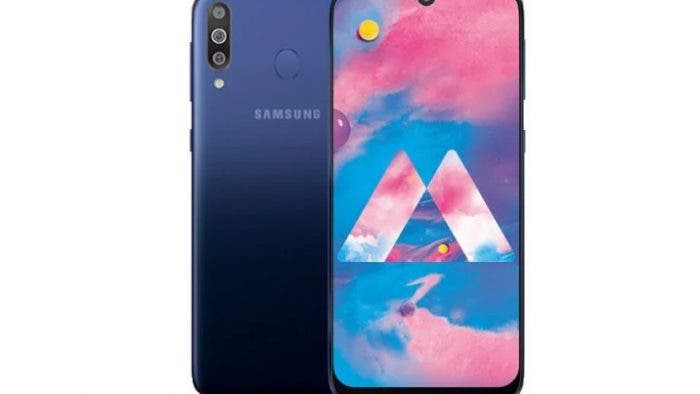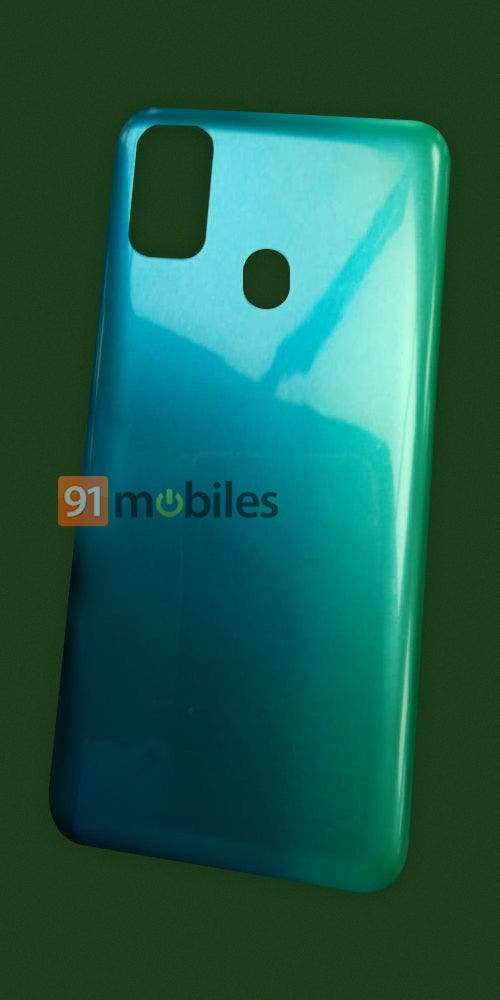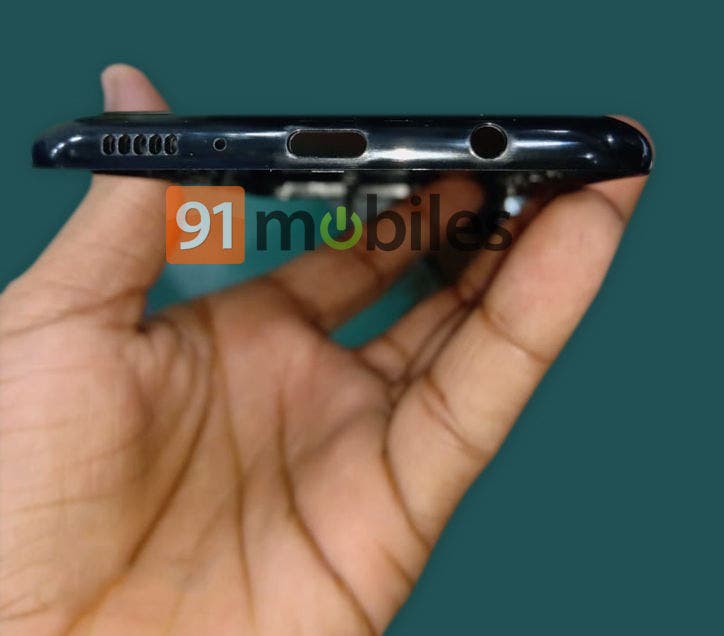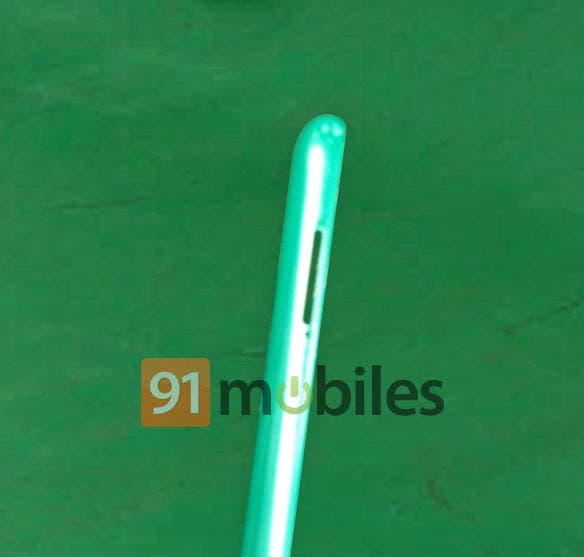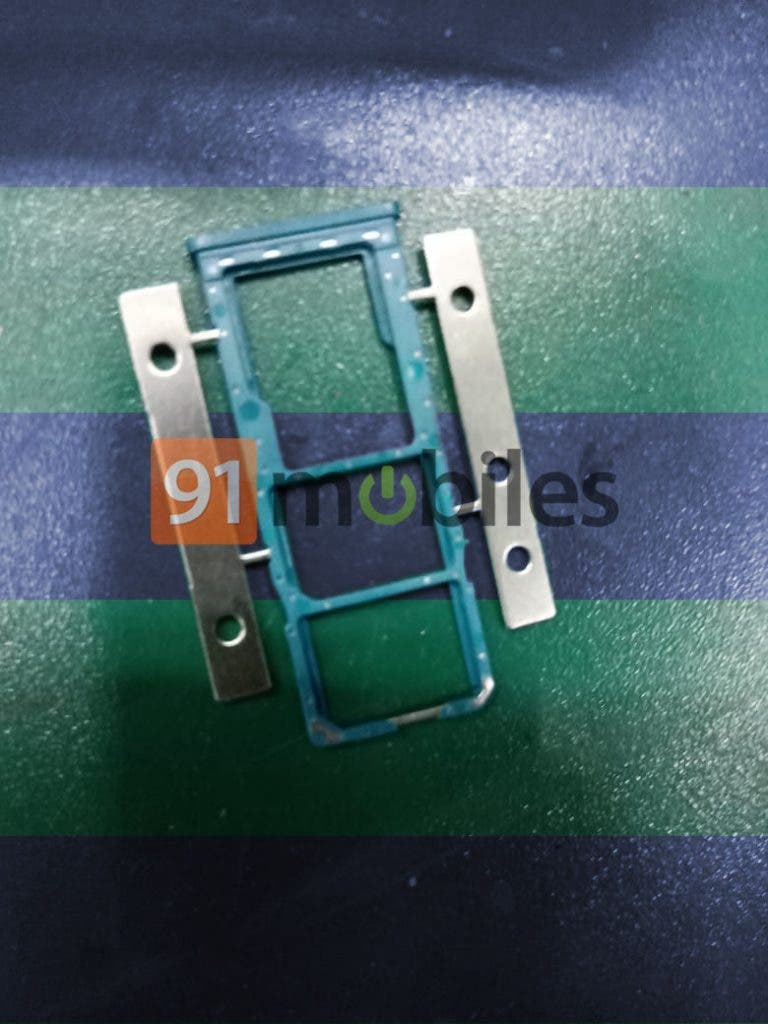Samsung continues to expand the new Galaxy M family. A few weeks ago we talked about the Galaxy M30s, a new mid-range device that will come to improve what is seen in the Galaxy M30. It is expected that the terminal will be presented within a month, but now we have known more technical characteristics in detail thanks to a new leak.
In the last hours, images of the device have also been filtered, allowing us to get a slight idea of its possible design. Will it have any resemblance to its range brother? The answer seems affirmative, with the exception of the camera module located in the back, which is somewhat more trimmed and square than its predecessor.
Samsung Galaxy M30s: Two cameras instead of three
This leads us to think that the Samsung Galaxy M30s could arrive with a double sensor instead of the triple camera that included the M30. For the rest, we still appreciate the physical fingerprint reader, located right in the center, a little above the company seal. The profile of this new model looks just as stylized, with a chassis dressed in glass that shines from all angles. We also see in the images the lower part of the terminal, where the USB-C port, the speaker and the headphone jack appear.
With regard to the possible internal features of the Samsung Galaxy M30s, rumors say it would be powered by an Exynos 9610 processor accompanied by 4GB of RAM. It is a fairly efficient set to be a mid-range mobile. It must be remembered that his older brother landed on the market with an Exynos 7904 together with 4 or 6 GB of RAM.
What does seem a fact is that the South Korean would equip it with a 5,000 mAh battery (with a fast charge of 15W), one of the main characteristics of the M30. This means that we could enjoy more than a full day of use without having to pay attention to the charger. For the rest, there is still a lot of data to know about this new model, such as screen size, camera resolution or storage capacity. At the moment, we do not know when Samsung would announce it, although we believe it will not take too long. The device has already gone through an important performance test, and, judging by the images, it seems ready to see the light.

